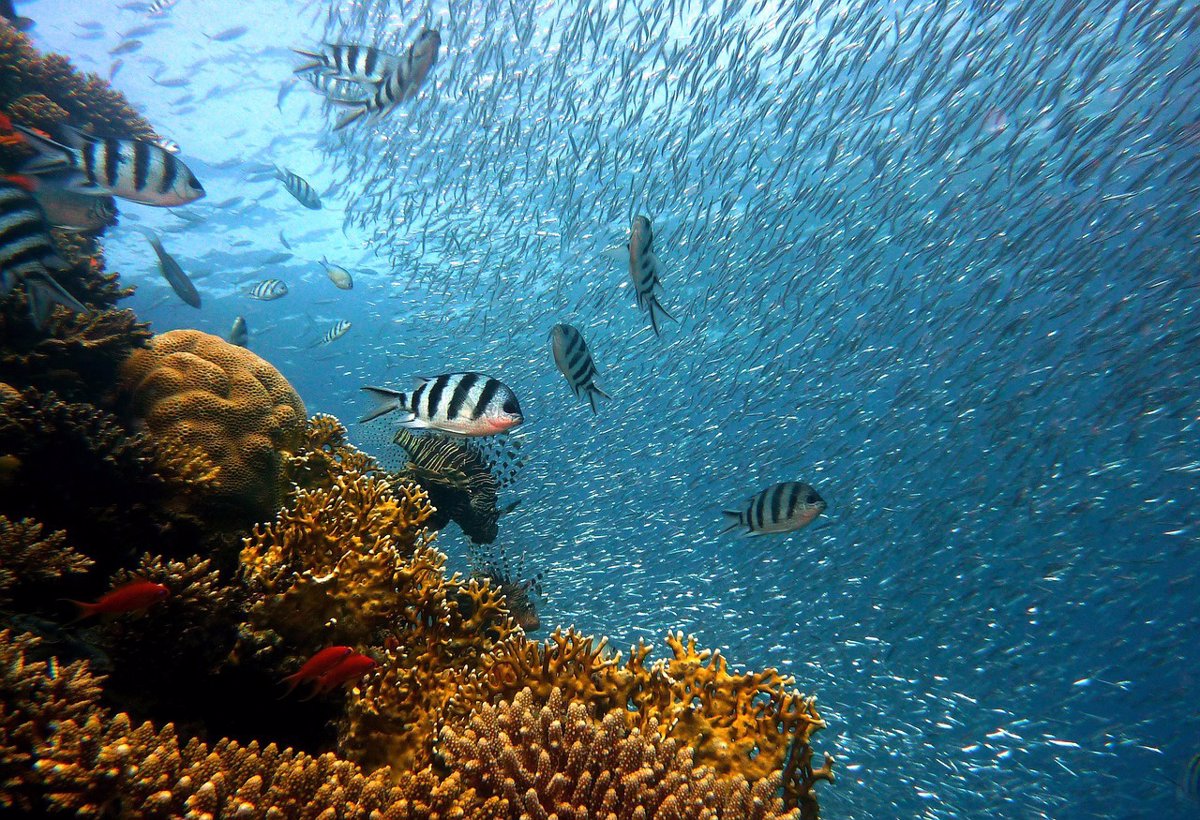Fujitsu uses LiDAR and artificial intelligence (AI) to acquire high-resolution 3D data of organisms and artificial structures to create the digital twin of the ocean in a project that supports marine conservation and contributes to broader carbon neutrality initiatives and biodiversity.
The technology enabling the creation of a digital twin is based on a real-time measurement technique originally developed by Fujitsu for its ‘Evaluation Support System’, in collaboration with the International Gymnasts Federation, which uses LiDAR.
Applied to the ocean, it scans from autonomous underwater vehicles, even when currents and waves make conditions difficult. Subsequently, with artificial intelligence it restores the color and contour of underwater subjects to create high-resolution 3D images.
The improvements applied to the image allow the identification and precise measurement of targets up to several centimeters, even in murky waters, as explained by Fujitsu in a press release.
Fujitsu conducted a field test of this technology in the waters near Ishigaki Island, Okinawa Prefecture in Japan, together with the National Maritime Research Institute, National Institute of Maritime, Port and Aviation Technology. In it they successfully obtained precise 3D data to map coral reefs.
In the future, the Japanese multinational intends to expand the measurement objectives of this technology to include seaweed, which absorbs a large amount of blue carbon, creating an ocean digital twin for seaweed beds by fiscal year 2026.
It hopes to support companies and local governments in planning measures such as estimating the carbon stored in seaweed beds, measures to conserve and cultivate new seaweed beds, and initiatives to promote and conserve biodiversity in seaweed reefs. coral.
